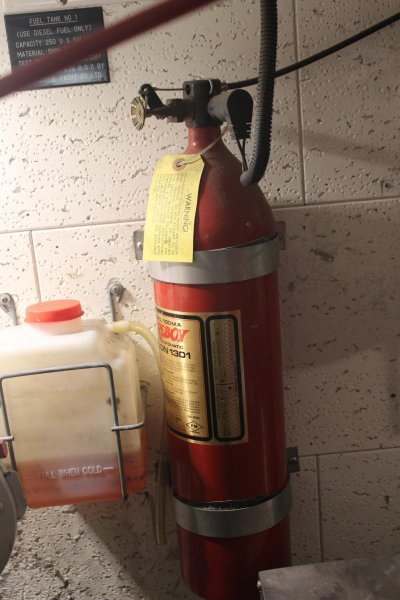Alaskan Sea-Duction
Guru
- Joined
- Jul 6, 2012
- Messages
- 8,057
- Location
- USA
- Vessel Name
- Alaskan Sea-Duction
- Vessel Make
- 1988 M/Y Camargue YachtFisher
Not another Survey Item.
I have a Fireboy automatic fire extinguisher in my engine room. Being in the military (USAF) I have a very healthy respect for halon. No as of now, I have no plans to replace it unless it goes bad. The nearest inspection is in Vancouver WA and I don't want to pay travel (2 times) to just remove and re-install it. I can drive there a lot cheaper.
So how do you disconnect it without setting it off?
I have a Fireboy automatic fire extinguisher in my engine room. Being in the military (USAF) I have a very healthy respect for halon. No as of now, I have no plans to replace it unless it goes bad. The nearest inspection is in Vancouver WA and I don't want to pay travel (2 times) to just remove and re-install it. I can drive there a lot cheaper.
So how do you disconnect it without setting it off?




 well, actually TWO bottles, one right after the other, using the crossover line . . . but that was in flight . . . but that's another story, for another time.
well, actually TWO bottles, one right after the other, using the crossover line . . . but that was in flight . . . but that's another story, for another time. 